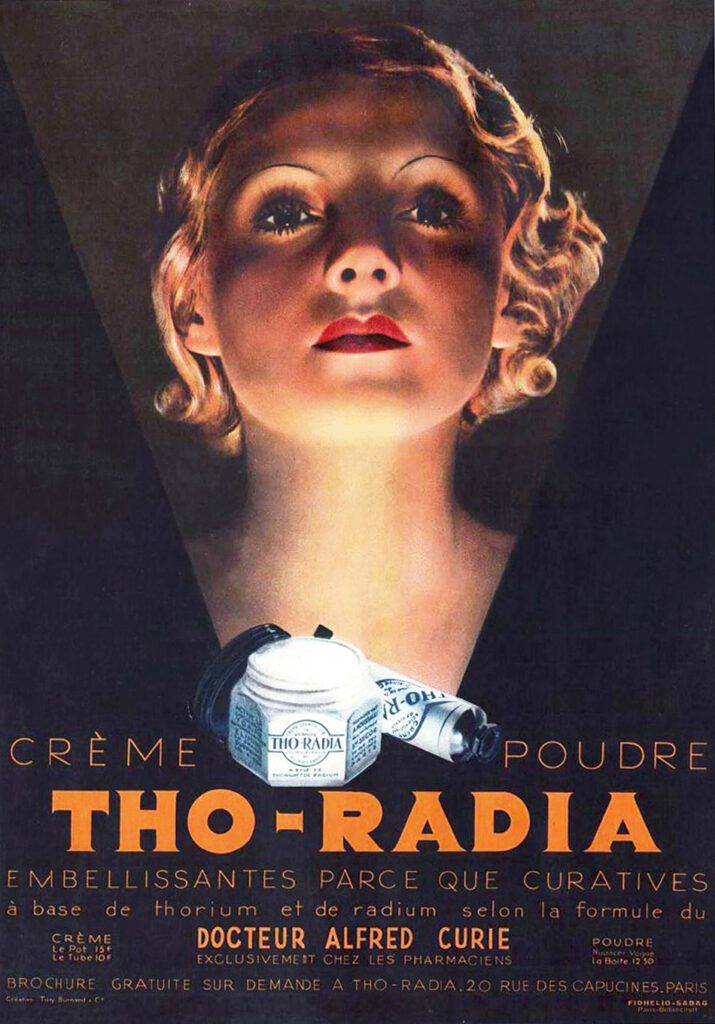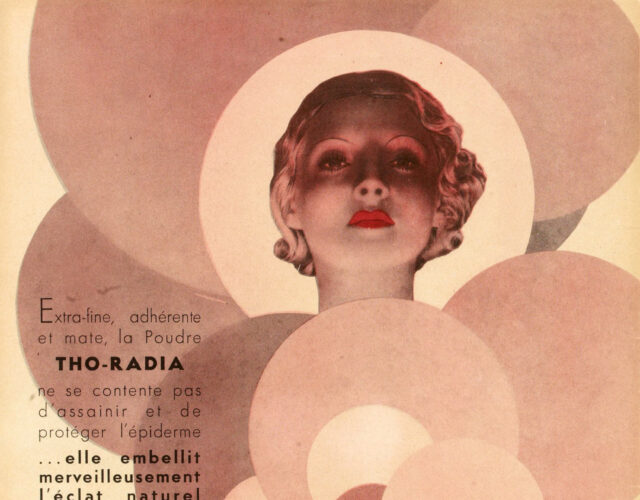Luis A. Campos. Radium and the Secret of Life. University of Chicago Press, 2015. 352 pp. $55.
Before gene editing existed, even before widespread consensus that DNA contained genetic information, the humble fruit fly was domesticated as a tool for studying inheritance. In 1924 American biologist Hermann Muller had just begun to use radium to induce mutations in the flies. That year he shipped a vial of radium to one of his collaborators; but somewhere along the way the glass vial shattered, and the extremely expensive radium seeped into the crevices of its lead-lined container. A frustrated Muller abandoned radium and instead began irradiating his flies with X-rays. In 1927 he published his Nobel Prize–winning results showing that X-rays caused genetic mutations in fruit flies, and the important role of radium in this research was subsequently forgotten.

Radium has disappeared from biology labs and faded from our cultural imagination, but it is difficult to overstate the extraordinary impact of this element in the early 20th century. Radium is hugely radioactive, generates large amounts of heat, and is spontaneously luminous in certain compounds—attributes that captivated scientists and the wider public when the element was first discovered. When Marie and Pierre Curie succeeded in isolating a pure sample of radium in 1902, they noted another of its more striking properties: a tendency to infect other objects around it, rendering those objects radioactive as well. This transformative power provides an apt metaphor for tracing the historical impact of radium as it moved through and altered multiple areas of science and medicine.
In physics the discovery of radioactivity was unsettling; it disrupted foundational ideas about the nature of matter and cast doubt on seemingly incontrovertible laws. Radium appeared, for instance, to provide a perpetual source of energy, violating the law of conservation of energy. And radium was employed as an experimental tool, one that helped transform contemporary understandings of the atom: Ernest Rutherford used radium to create the alpha particles that he then shot into gold foil, with the particles’ recoil patterns demonstrating the existence of the atomic nucleus. In medicine radium became a powerful new cancer therapy. Radium salts were applied topically to skin cancers or used internally to shrink tumors.
In the wider public sphere radium’s ability to generate energy created a strong association with vitality and health. The result was a proliferation of radium-inspired consumer products, including radium water, radium bread, and even radium condoms. Luis Campos’s Radium and the Secret of Life uncovers the impact of radium in yet another realm, showing the transformative presence of radium in the history of biology and, in particular, in the early history of genetics.
In 1902, building on the Curies’ work, Ernest Rutherford and Frederick Soddy discovered that radioactive elements undergo a process of transmutation, changing into new elements as they emit radiation. For scientists working with radioactive materials this process invited immediate associations with evolution and other biological metaphors of life, death and procreation, encouraging what Campos calls the “vitalization of the discourse surrounding radium.” Radioactive elements, including radium, were “parents” giving birth to “daughter” elements. Stable elements were the results of a process of natural selection; radioactive elements demonstrated that they were “unfit” by decaying.
Radium was both “alive” and potentially life-giving. The association of radium with life only deepened when in 1905 newspaper headlines loudly proclaimed that radium had been used to create life. John Butler Burke, a physicist at the Cavendish Laboratory at the University of Cambridge, performed experiments in which he introduced a radium salt into sterilized beef broth. The result was the creation of lifelike forms that he called radiobes. These radiobes started out as small spots, some less than a micrometer across and barely visible under Burke’s microscope. These spots gradually grew and changed shape over a period of a few days, developing internal structures that made them resemble bacteria. Burke came to believe that these forms were not quite alive but existed somewhere on the border of living and nonliving. They were perhaps evidence of an ancestor to life, one that predated the earliest life forms.
Excited newspaper headlines proclaimed that Burke had found the “Secret of Life,” but skepticism from scientists came quickly. Some critics noted wryly that the presence of beef tea in the early days of our planet was quite unlikely. Another Cavendish-trained physicist, W. A. Douglas Rudge, repeated the experiments and concluded that the radiobes were sulfate precipitates and therefore purely physical. By the time Burke published a book in 1906 summarizing his work, he was widely dismissed as a physicist with a weak knowledge of biology.
While Burke’s radiobes were sensational, controversial, and short-lived, radium found a more stable role as an agent of mutation in experimental biology. Here Campos fills in the important and forgotten history of these mutation experiments, a history that has been overshadowed by attention to Muller’s later X-ray work.
Muller’s famous 1927 results have long been hailed as the first to demonstrate genetic mutation by radiation. But Campos’s book tells of biologists using radium to artificially induce mutation for at least two decades before Muller. American biologist Daniel MacDougal used radium in this way as early as 1904. MacDougal was a proponent of a then-popular theory of evolution in which new species appeared as a result of sudden, large mutations rather than the slow action of natural selection. MacDougal used radium to create mutations he hoped would ultimately lead to new species. In 1911 Muller’s mentor at Columbia University, Thomas Morgan, reported success in inducing mutations with radium, producing white-eyed fruit flies and flies with new wing patterns.
Why did this history fade away? Campos argues that this earlier mutation work has been obscured in part by shifting definitions. Biologists’ understanding of mutation has changed over time as the focus of evolutionary biology moved ever inward, from the organism to the chromosome to the gene.
By the 1920s several factors contributed to the slow disappearance of radium from laboratories and consumer products, and later from hospitals. Most crucially, the dangers of overexposure to radium became increasingly evident. Contact with radium could cause nausea and burns within a few hours or days of exposure. Tumors, blood disorders, and sterility might take months or even years to develop. Newspapers in the 1920s called attention to the “radium girls,” women who had been hired to paint radium dials on watches and subsequently developed horrible cancers caused by their daily exposure to the radium paint. Around the same time, the death of a prominent Philadelphia millionaire received widespread news coverage after his daily dose of radium tonic proved fatal.
While X-rays posed similar health risks to radium—ranging from burns to the high-profile deaths of a number of radiologists—the development of higher-voltage X-ray tubes in the 1920s offered researchers a stable and less expensive source of ionizing radiation. These advantages appealed to biologists like Muller, and radium was slowly replaced by X-rays in biology laboratories.
Radium gave biologists the power to transform living things, allowing them for the first time to induce mutations artificially in the organisms they studied. But even as biologists abandoned radium in favor of other experimental tools, traces of the transformative impact of this “living” element persisted well into the 20th century. The very idea that DNA, a nonliving molecule, could embody the “secret of life” is, Campos writes, “residual fallout from the bomb that radium had dropped on biology.”




